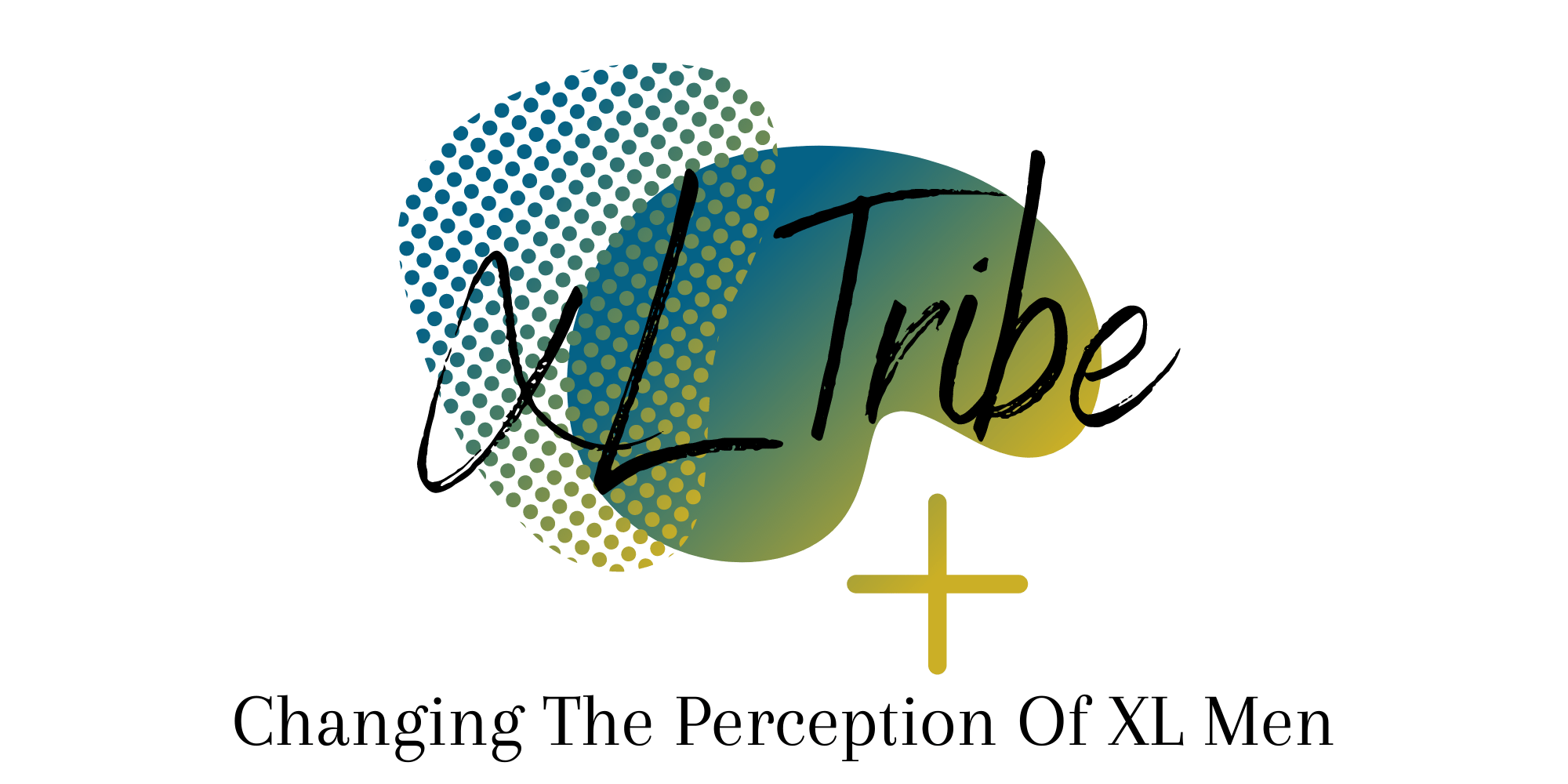Sexual Harassment
From ICU To… Part 1
By Donavan S. West
“I see you. Yeah you; the one that just left the H.R. office. Nose and forehead red, taking the walk of shame; eyes glued to the floor as if to suggest total defeat. Don’t cry! Well what did you expect? He’s a BOSS for God’s sake. Get yourself together. You knew what they were going to say when you brought it up. Don’t worry; I’d be more than happy to write you a letter of recommendation for the next job”
“I see you. Yeah you; the one that always wore those pencil skirts and stilettos to the office. What happened to you? Ever since we came back from the retreat, you’ve been dressing very different. You know; very conservative. And not to mention, when was the last time you joined us for happy hour. Someone said you started some rumor about you and the supervisor. Attention at any cost huh? Be careful how you move around here ok? There are better ways to the top!”
These and similar responses support attitudes towards victims of sexual harassment that not only foster a hostile environment but also stem from an oppressive and abrasive workplace culture. Media coverage has struck a critical chord within the body of the United States; delivering a flatline to the heart of the very moral fiber once rich (or portrayed as such) within its DNA. Once infected, the United States remains united in a state of denial, focusing more time on the accused as opposed to the abused.
Victim awareness and advocacy lay in the shadows, as the allure of scandals abuse take center stage in this “made for television” drama. Once promoted as a worldwide leader in race and gender equality; the U.S. has join, Egypt, U.K. and other countries in a viral calamity of epic proportions. What is certain is that despite the apparent rise of the hip and woke #metoo movement, little is being done to really educate and emancipate the other 99% of the workplace culture. Without a legislatively-focused and advocacy-centered solution to address and dismantle this behavior and overall culture; simply terminating offenders will do little to reduce the deterioration and erosion of the already maligned workplace landscape.
While the subject of numerous and nation-wide allegations involving sexual assault like famous comedian, Bill Cosby or film juggernaut, Harvey Weinstein; victims tend to experience more shame, ridicule and degradation than their perpetrators. Often this negative experience follows the victims throughout their career; especially if they work within certain industries or business clusters. Meanwhile, the perpetrators may suffer a brief fall from grace but little if any serious repercussions.
Sexual harassment, assault/abuse and exploitation has existed long before entertainment news and the hashtag movements. Statistically, it is estimated that sexual harassment occurs once every 76 seconds. While black women suffer the most from this epidemic, the ongoing problem of sexual harassment in the US spans the spectrum of professions, workplaces, and societal spaces – from athletics to the media to Silicon Valley to academia to the service industry to government agencies. In other words; there are no boundaries to who the victims can be.
As a reminder; with sexual harassment:
- The victim as well as the harasser may be a woman or a man. The victim does not have to be of the opposite sex.
- The harasser can be the victim’s supervisor, an agent of the employer, a supervisor in another area, a co-worker, or a non-employee.
- The victim does not have to be the person harassed but could be anyone affected by the offensive conduct.
- Unlawful sexual harassment may occur without economic injury to or discharge of the victim.
- The harasser’s conduct must be unwelcome.
Discover more from XL Tribe
Subscribe to get the latest posts sent to your email.















No Comment! Be the first one.